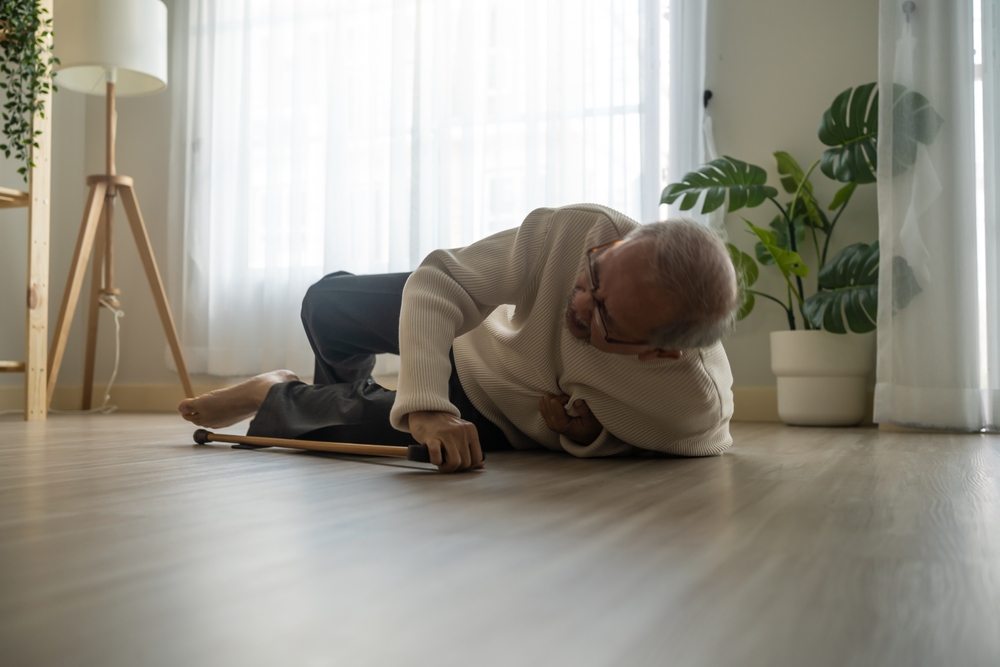Fall Risk Assessment Tools: What’s Your Risk?
Category:

The risk of falls in older adults has been well documented over the years. A fall for an elderly person may only cause minor injuries, but could also prove to be fatal. In fact, the CDC reports that in 2013 over 25,000 older adults died from unintentional fall injuries. With so much at stake, there has to be a way to measure fall risk.
Fall risk assessment tools have been developed by healthcare systems and experts over time. Actually, an argument could be made that TOO MANY tools have been created. Back in 2001, a study was published in the Journal of Gerontology that reviewed 20 different fall risk assessment tools and concluded that it would be counterproductive for individual facilities to continue to create their own assessments.
What are some of the most popular assessments used by healthcare systems today?
Morse Fall Risk Assessment Tool
The Morse Fall Scale was developed by Janice Morse in 1985 and assesses six key factors:
- History of falling
- Secondary diagnosis
- Use of ambulatory aid
- Intravenous therapy
- Gait
- Mental status
Each one of these six items is rated either “yes” or “no,” and the selection is given a point value. Depending on the sum of the items in the fall risk assessment scale, patients are categorized as high, medium, or low on the fall risk scale.
Hendrich II Fall Risk Model
The Hendrich II Fall Risk Model was developed by Ann Hendrich in 2003 and assesses eight key factors:
- Confusion, disorientation, impulsivity
- Symptomatic depression
- Altered elimination
- Dizziness, vertigo
- Male sex
- Administration of antiepileptics (or dosage changes or cessation)
- Administration of benzodiazepines
- Poor performance in the “Get-Up-and-Go” test of rising from a seated position
Much like the Morse fall risk assessment tool, this model attributes risk points for each factor in the fall risk assessment form to determine the overall level of risk for falls.
Johns Hopkins Fall Risk Assessment Tool
The Johns Hopkins Fall Risk Assessment Tool was developed by Johns Hopkins Medicine in 2005 and assesses seven key factors:
- Patient age
- Prior fall history
- Elimination
- Medications
- Use of patient care equipment
- Mobility
- Cognition
This tool works similar to the Morse Fall Scale and Hendrich fall risk assessment by assigning risk points to each category to calculate a fall risk score.
With all these fall risk assessment scales available to healthcare systems, which one is the most reliable? That is a difficult question to answer. There are ongoing studies attempting to prove or disprove the reliability and accuracy of all these tools, but in general, any of them can be used by healthcare providers for general baselines of fall risk
More recently, the CDC has introduced a new initiative called STEADI, Stopping Elderly Accidents, Deaths and Injuries. STEADI is a toolkit for healthcare providers to help prevent falls in their older adult patients. The CDC has also made available educational materials for older adults and their families. These resources include a brochure on staying independent and measuring your risk for a fall, a guide on a chair rise exercise to strengthen legs, and a fall prevention checklist, along with several other educational materials.
Jarod Karns is the former Director of Digital Marketing for Griswold Home Care and currently provides digital marketing consulting services.
Subscribe
Date: 2018-01-05
Category:


